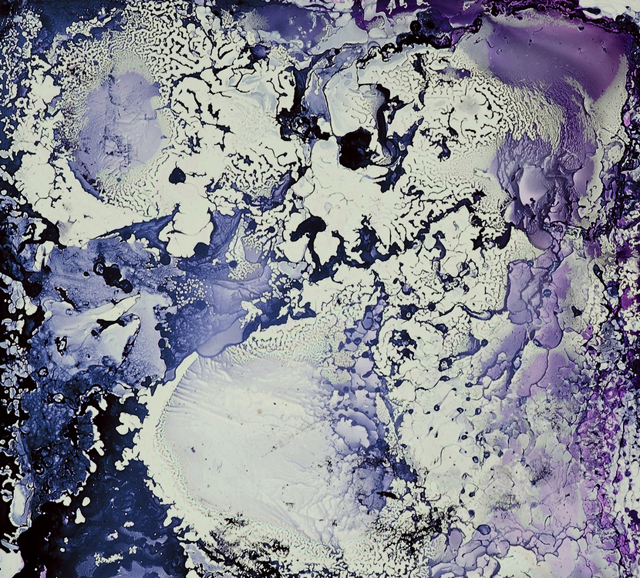Touchy by Eric Siu
Eric Siu's latest project is a phenomenological social interaction experiment that focuses on the relationship of giving and receiving by literally transforming a human into a camera. Touchy, (the person wearing the device) is blind most of the time until you touch his/her skin. Once vision is given to Touchy, he/she can take photos for you. This human camera, with its unique properties, aims at healing social anxiety by creating joyful interactions.
It is common for humans to be separated into social bubbles, to avoid sharing social space and to connect to strangers. However, technologies like Internet social networking or the mobile phone loosens social boundaries, hence dehumanizing physical communication. To a certain extent, it generates social anxiety such as the one experienced in the “Hikikomori” and “Otaku” cultures in Japan. Touchy criticizes this phenomenon and suggests a solution by transforming the human being into a social device: a camera. The Touchy project investigates how such a device improves social life, presupposing that a camera is a known tool for sharing memories, valuable moments, enjoyment, emotions, beauty and so forth.
TOUCHY, a Human Camera from TOUCHY on Vimeo.
To make possible a human camera, the artist transposes the functions of a camera to a wearable helmet device comprising of a pair of automated shutters, a functioning camera and an interactive screen. The shutters are used to blind Touchy: only your touch will activate their opening and allow Touchy to see. When a human contact is maintained for 10 seconds, the front facing camera captures an image, which is displayed on the back facing screen for the user to access. Metaphorically, Touchy lives in an isolating cage built by the experience of total darkness, as if he is encountering the same sensuous withdrawal as some social disorder patients have. Your effortless touch is an action of giving vision and taking photos, which heals the anxiety and generates a playful interaction that invites people to have fun and reinterprets the way we use cameras.
Touchy hybridizes the roles of human and camera by unifying their respective capabilities, which requires the user to consider the affordances of both ends: body and machine. What is particularly phenomenal about the Touchy experience is that it fundamentally challenges one’s notion of proximity because the interaction is reduced to the threshold of skin contact. On certain occasions, this experience is heightened by direct eye contact: a snapshot action reveals bear eyes behind the Touchy device. What used to be a common mechanical process is now a transcending psychological connection that gives all its meaning to the expression: “the eyes are the window of the soul.”Isn’t it a lyrical irony that gazing into another’s eyes for 10 seconds gives life to your self-portrait?
.png)









